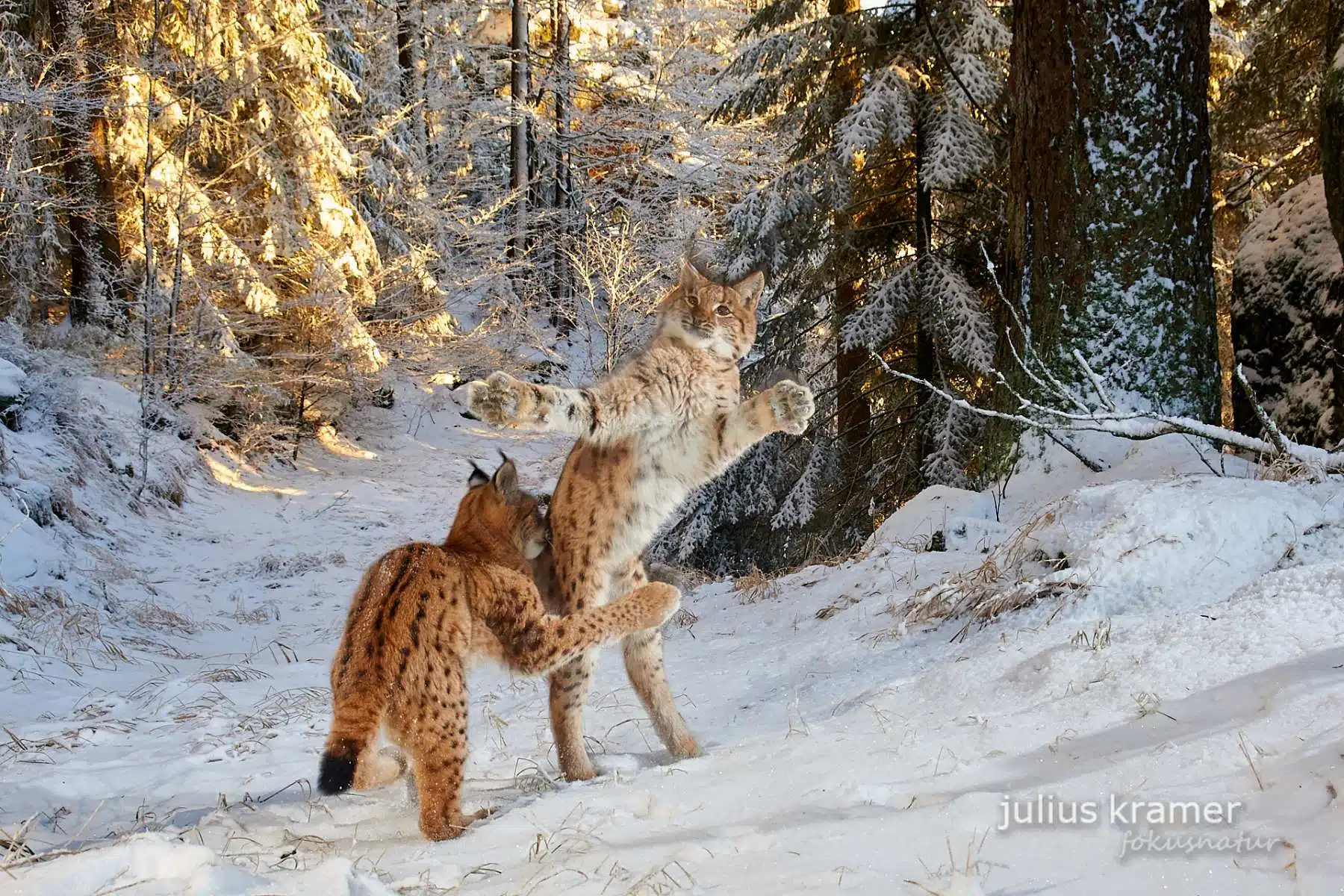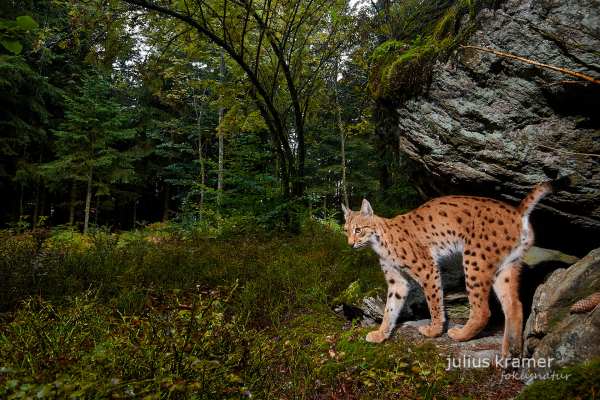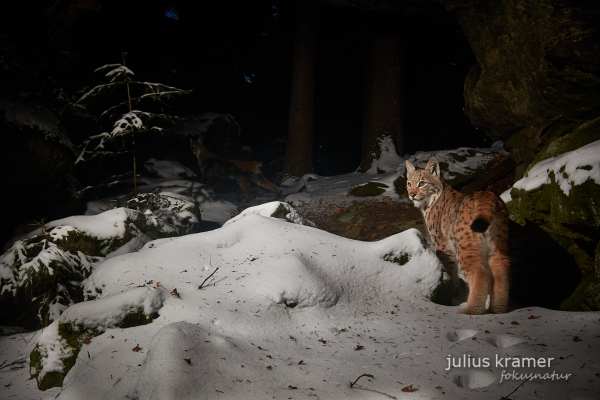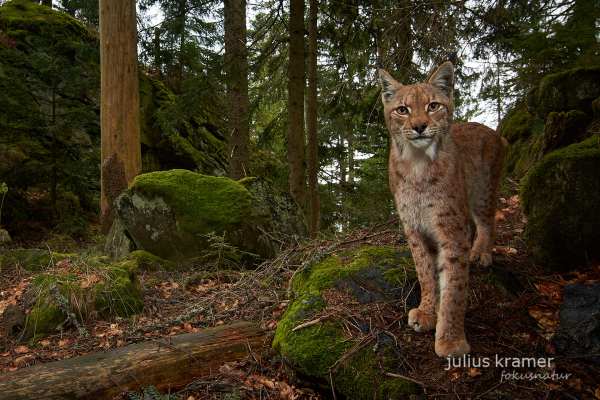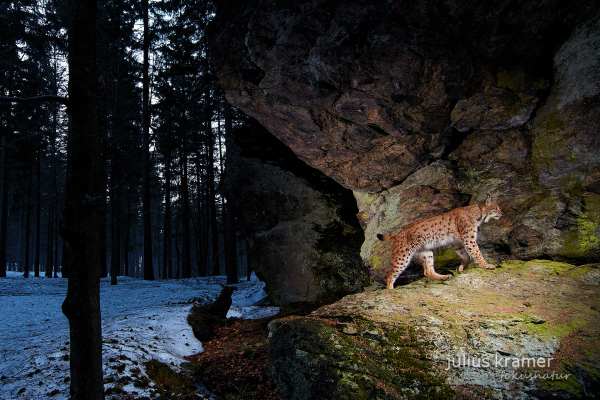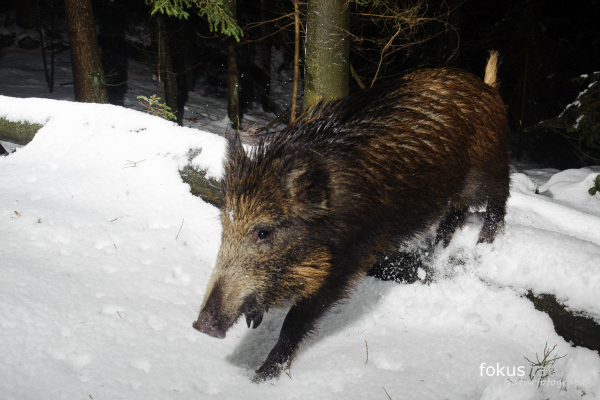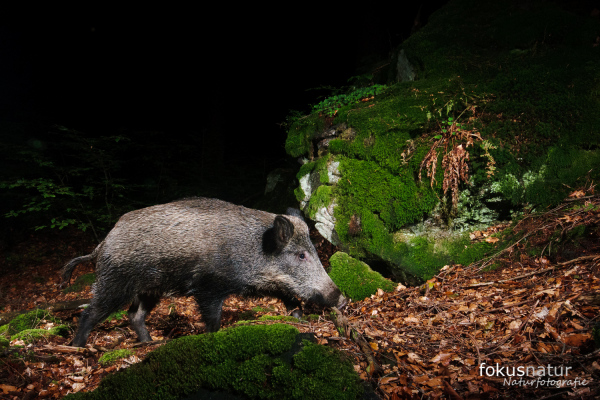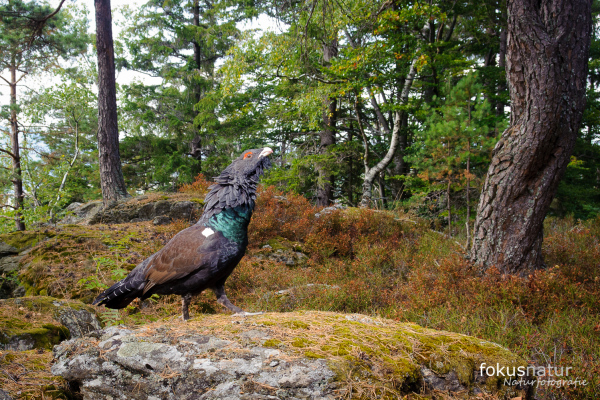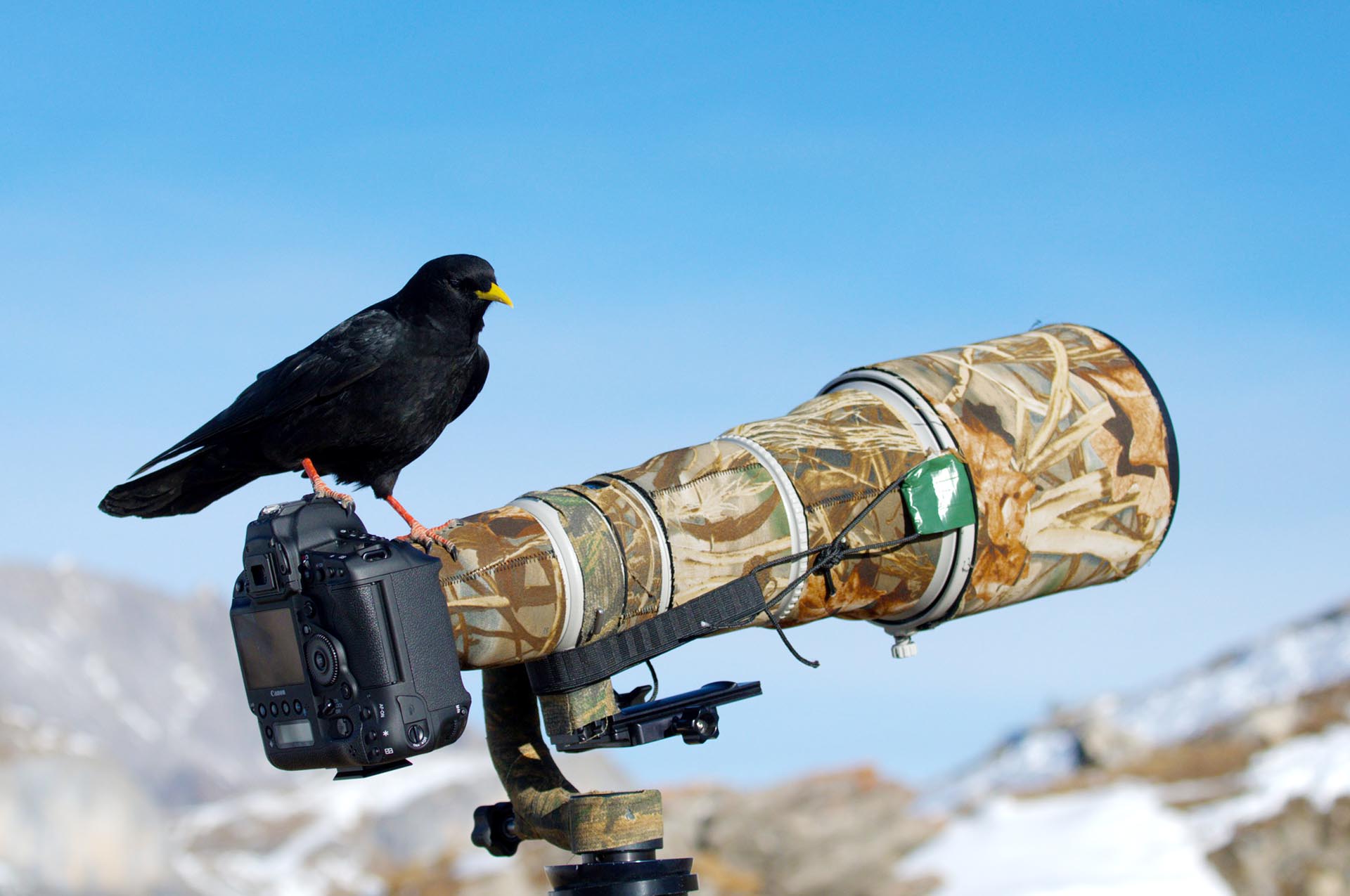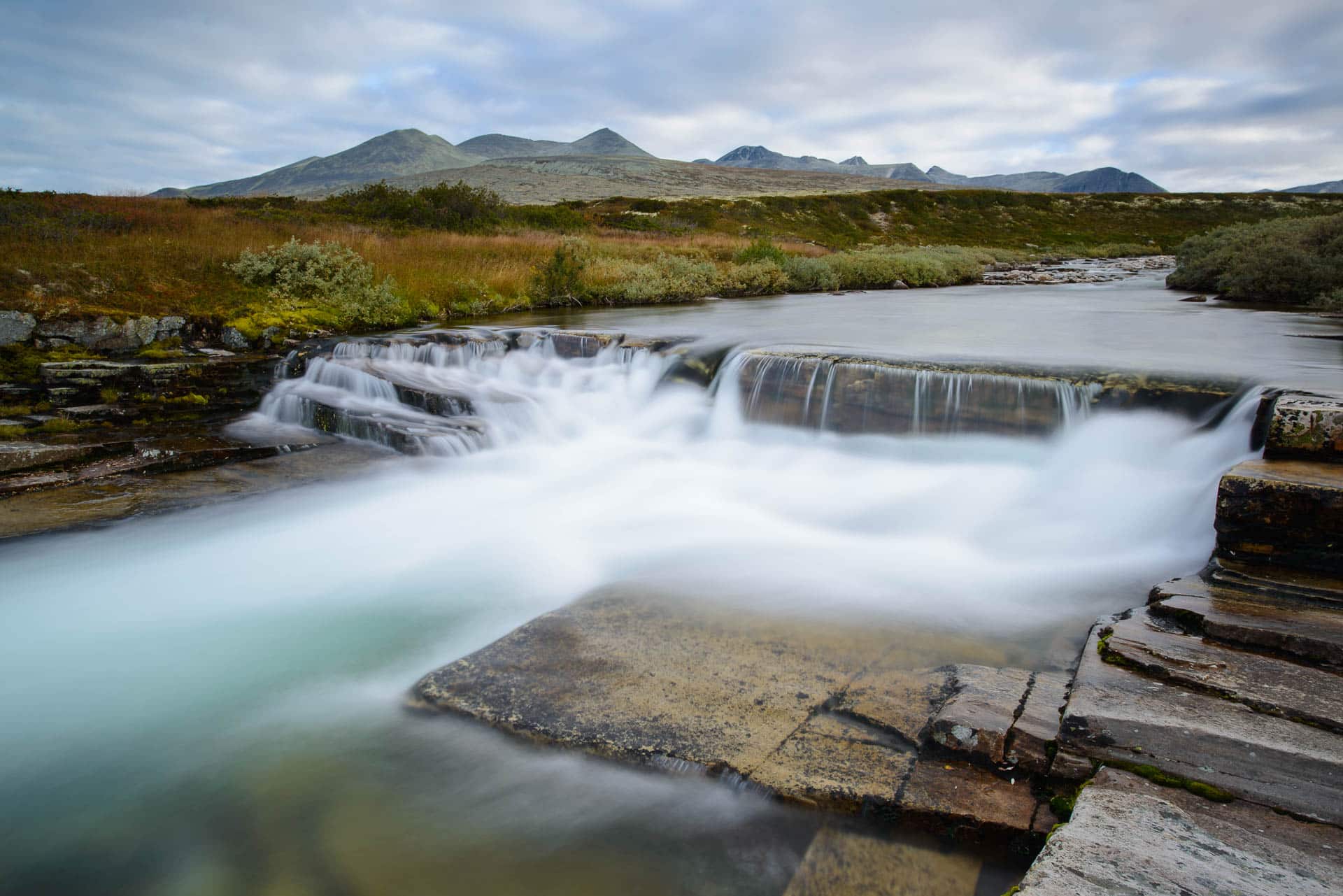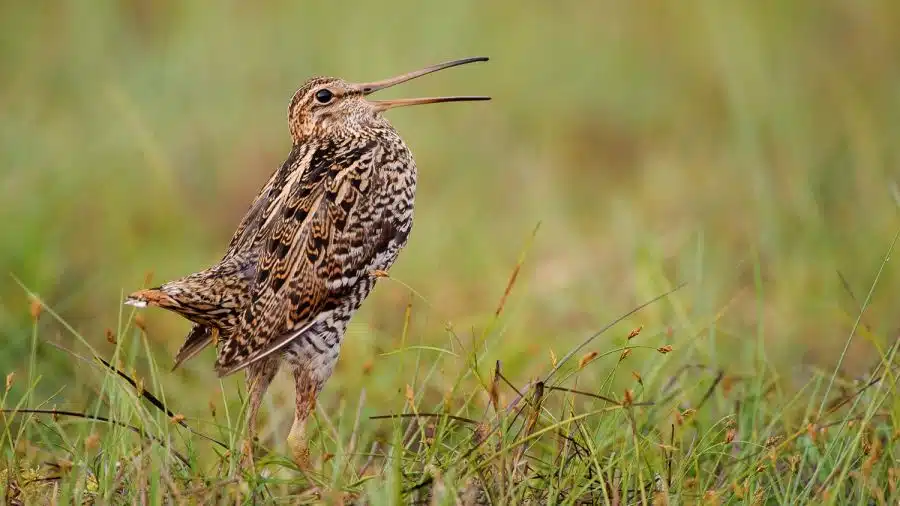In May 2015, an outcry went through the national and international press: illegal lynx killings in the Bavarian Forest became known. The perpetrators even had the audacity to place cut-off lynx paws in the immediate vicinity of a camera trap set up by the Bavarian Lynx Project. It was clear to me that good pictures of the animals there were needed to arouse emotions and understanding for these wonderful cats with their unique beauty. But how?

Join me on my photo tours and immerse yourself in the world of wild landscapes and unique encounters. Together we will hone your photographic skills – practical, creative and full of inspiration. Secure your place now and rediscover the magic of light and nature.
Lynx photography in the Bavarian Forest
In cooperation with the Bavarian Lynx Project, I began to explore the possibilities of photographing lynx in the Upper Bavarian Forest with DSLR camera traps. Lynx have large territories of 150km² to 400km² – females a little smaller than males. One male territory often lies above several female territories. Nevertheless, the chances of meeting a lynx by chance are correspondingly low. It’s a bit like looking for a needle in a haystack.
After the extinction of the lynx in the Bavarian Forest in 1846 and only very sporadic evidence of presumably immigrant individuals, between five and ten animals were released in the region in an illegal operation in the 1970s, which contributed greatly to the mistrust of hunters and farmers towards species and nature conservation. In 1987, 17 lynxes were officially released in the Czech Republic, which formed the basis of the existing population. In the meantime, around 40 independent lynxes are once again on the move in Bavaria from Waldmünchen in the Upper Palatinate to Passau in Lower Bavaria, but not all of them are alone and exclusively in Germany. The majority are border crossers and move between Germany and the Czech Republic. (see lynx report of the year 2016/2017)
The Bavarian Lynx Project has been carrying out photo trap monitoring for many years in order to record the population development and distribution of the lynx in Bavaria. Each lynx can be recognized individually by its fur pattern. In addition, tracks are documented in winter, for example, in order to obtain further evidence.
Working with DSLR camera traps
When working with camera traps, you have to invest a lot of time in finding the right locations for camera traps. Lynx are comfortable and love to move along forest paths and forest roads. But taking photos there is neither nice nor safe – because an SLR camera in the box could quickly arouse the covetousness of people passing by, not to mention the countless false alarms caused by bicycles, dogs and hikers.
My cameras are located in very inaccessible rocky areas, but these are unsuitable as day camps because I want to cause as little disturbance as possible during my inspections there. That’s why I have refrained from sitting in a camouflage tent or setting up a camera at a crack. The risk of influencing the animals there as a human is too great for me. At the places where lynx leave their scent marks, you can take pictures of this typical feline behavior with a lot of patience.
Nevertheless, lynx are not very shy and an animal must have been in the immediate vicinity of my camera several times. Every now and then I leave the camera and only half an hour later a lynx inspects what man has been up to again. This lack of need is probably often the animals’ downfall.
In addition to lynxes, all sorts of by-catch are of course caught in the camera trap. From garden dormouse and dormouse, weasel and raccoon to wild boar and roe deer, there is actually everything that the fauna of the Bavarian Forest has to offer. Exciting: a lynx can always be seen in the same place!
More information about the lynx can be found on the website of the lynx project www.luchs-bayern.de.
There is now an update to this post: 10 years!

